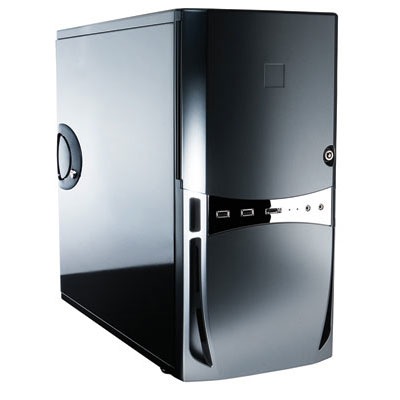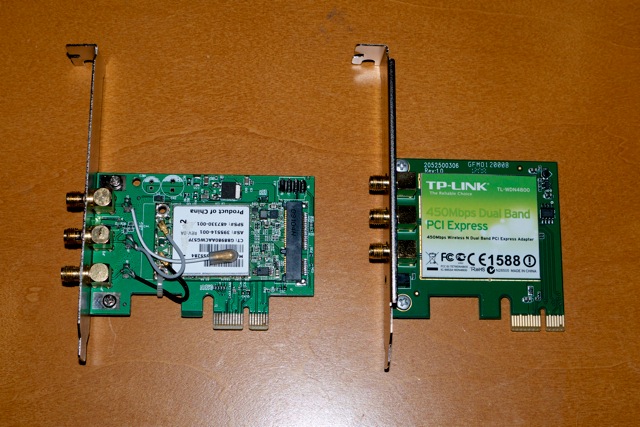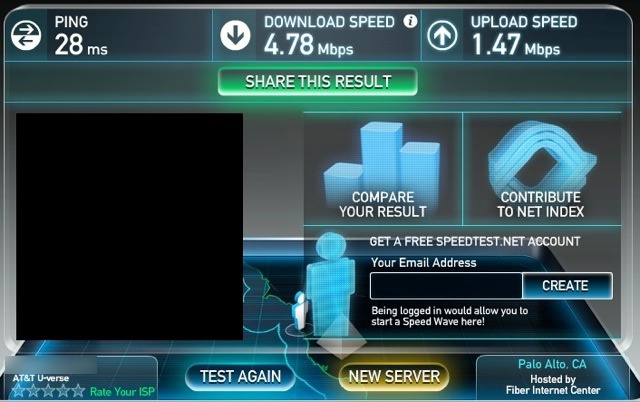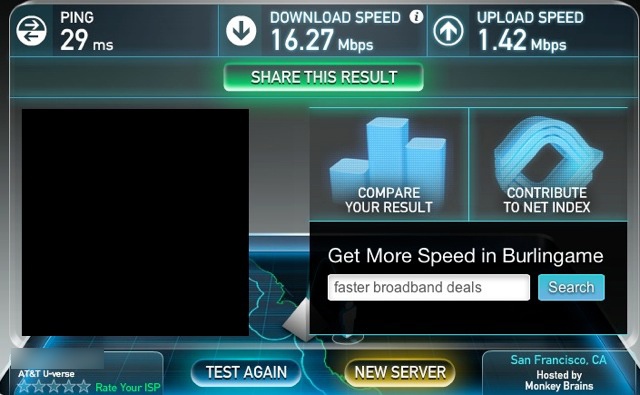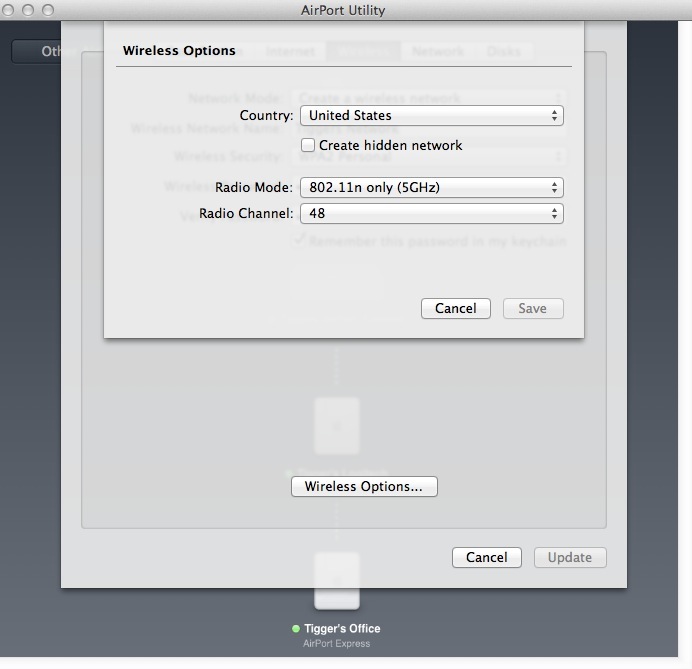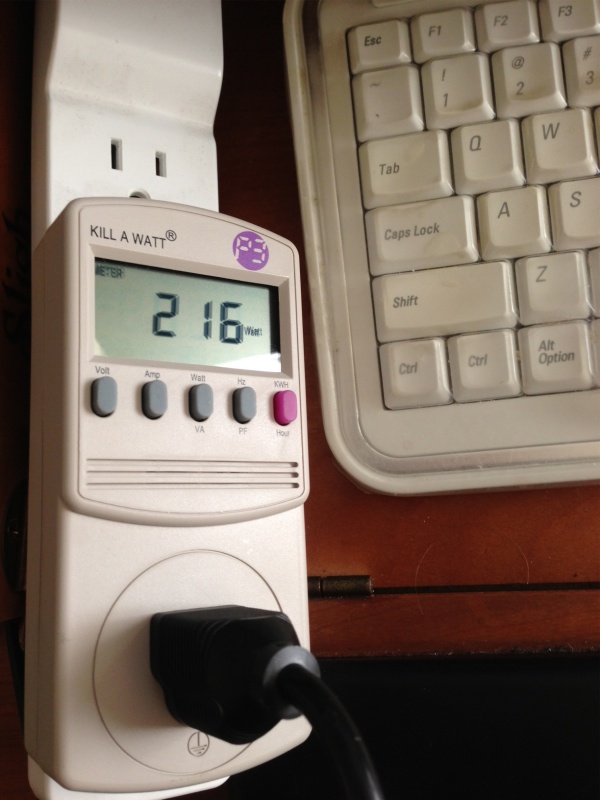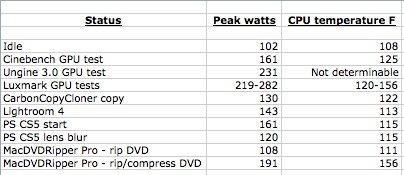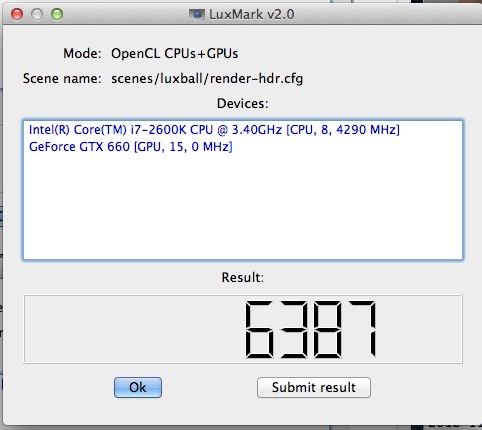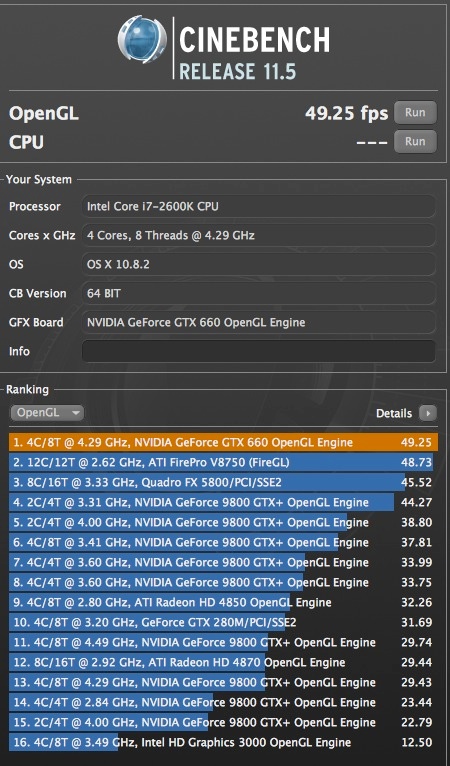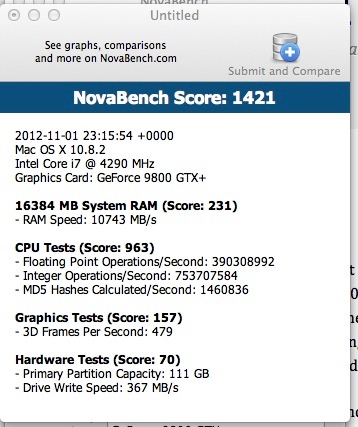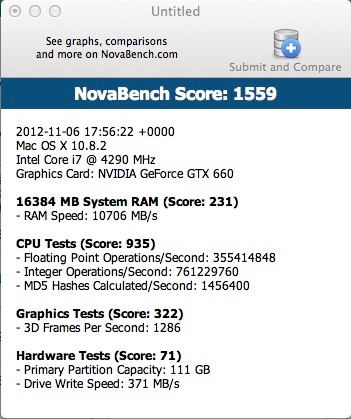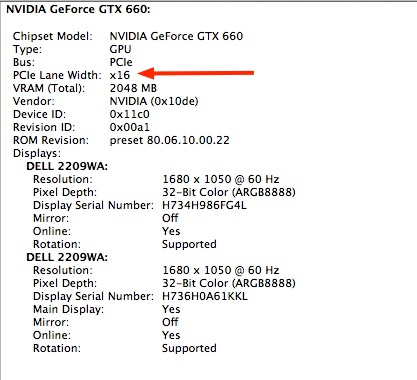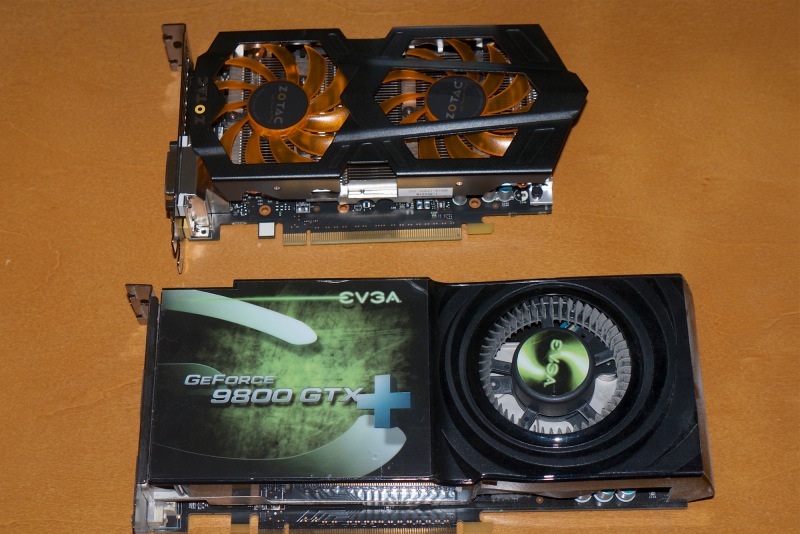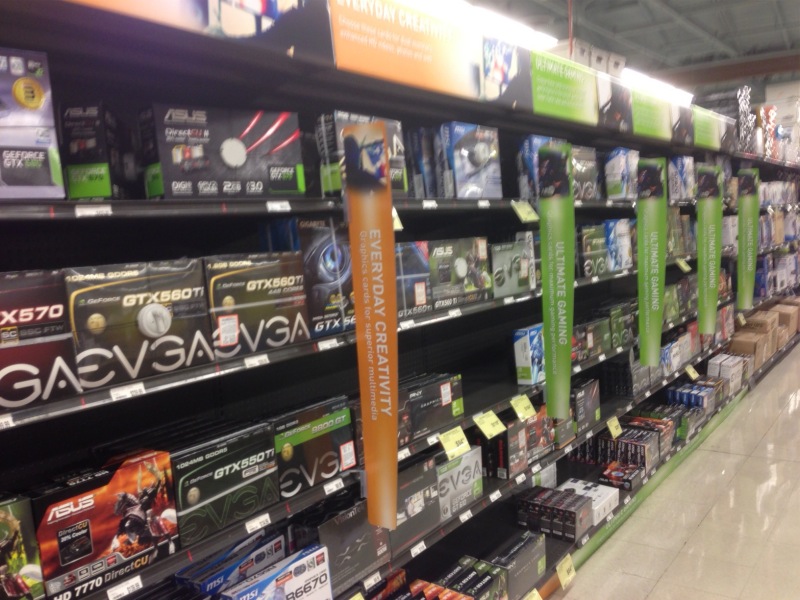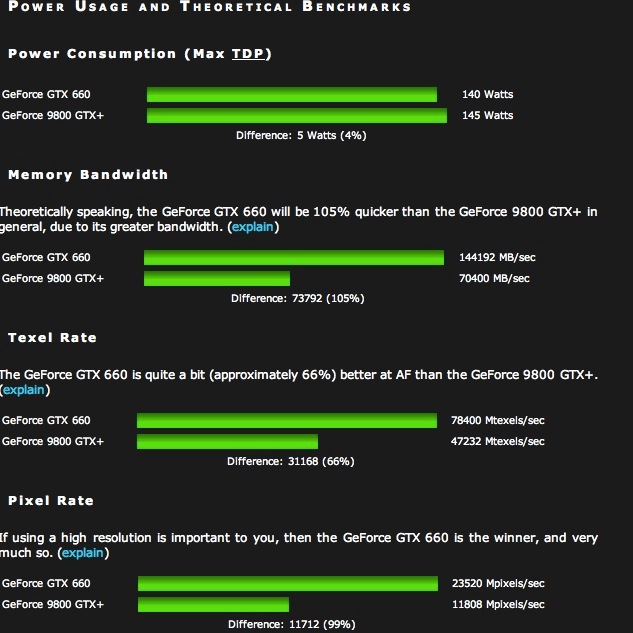One nice enhancement.
The best thing about Apple’s troubles – a CEO with the charisma of a sponge, a stock down over 30% from its peak, more cash than it knows what to do with, a tired cell phone offering, a lack of innovation and failure in the TV market – is that these many distractions mean fewer updates of OS X, the OS powering Macs and Hackintoshes. Because, let’s face it, every ‘enhancement’ since OS Snow Leopard (10.6) has been so much fluff and noise. SL (Intel machines only) can still be bought from Amazon for some $40 but will almost certainly not run on the latest Macs. It’s fine with Hacks and offers one huge feature missing from Lion and Mountain Lion – Rosetta, the PPC G3/4/5 emulator which allows it to run any old apps from your PPC days on an Intel Mac or Hack. You know, apps like HP’s DJ30/90/130 color management utility which will not run on anything later and is essential for debugging whatever ails your HP DesignJet dye ink printer.
As I still have a ten year old PPC iMac G4 for DesignJet maintenance, the loss of Rosetta is not such a big deal, so it was with trepidation that I approached the latest minor upgrade of Mountain Lion 10.8.3. What else would now be broken by Cupertino’s policy of planned obsolescence?
When performing the upgrade I did so by downloading the complete (Combo) update from Apple here rather than the incremental upgrade which is what is applied if you upgrade through the App Store. Hackintosh community chat has it that a Combo upgrade is more reliable than an incremental one. I have no idea if that is true, but this approach avoids being forced to upgrade to the latest version of iTunes, an app which Apple has never got right.
After a week of running I can say it seems fine and there is one significant enhancement. Because one of the new 2012 iMacs uses the nVidia 660M GPU, Apple has had to provide native support in OS X for the nVidia 660 GPU family to run OS X on that machine. The GTX 660 is one of nVidia’s finest bang-for-the-buck mid-range GPUs, with the 660M in the iMac being – yup, you guessed it – a crippled version. The iMac 660M version has but 0.5GB of memory, compared with 2GB (3GB on some EVGA cards in the US for $30 more) for the aftermarket cards. I would bet the clock speed is lower too, heat being any iMac’s bugbear, but cannot confirm this. The Zotac GTX 660 I am using (not the 660 TI) retails for $215, which includes two powerful variable speed integrated fans which are exceptionally quiet. These aftermarket cards all support up to two 2560 x 1600 pixel displays and include HDMI and DisplayPort in addition to DVI sockets. The Zotac board is recommended over the competitors’ if you have limited space in your box. It is considerably shorter, making a major difference to the accessibility of the motherboard’s SATA sockets in my Antec Sonata III enclosure. Non-trivial.
To put the sophistication of these latest GPUs into context, the Intel i7 Ivy Bridge CPU has some 800,000 transistors. The nVidia GTX660 CPU has 2.54bn – three times as many! Little wonder nVidia is making serious progress in the world of supercomputers, where its graphics chips are delivering cost effective performance at state-of-the-art throughputs.
My three monitors remain the estimable Dell 1650 x 1080 21.5″ 2209WA IPS ones, now some 4 years old, because they are easily calibrated and the dot pitch is fine for my purposes. Plus I like the bigger default fonts these deliver. If you use newer 1920 x 1200, 1920 x 1080, 2560 x 1600 or 2560 x 1440 displays, a card like the GTX 660 will easily crunch through graphics which might leave earlier nVidia GT2xx, GT4xx, 98xx or 88xx cards running out of steam.
I wrote about updating my HP100 Hack to nVidia’s latest card here and that hardware and OS needed nVidia’s separate drivers to make the card work. Now, with 10.8.3, the drivers come with the OS, so no external drivers are necessary. The benefits are twofold. My Hack is now more stable – looking to be as good as in the Snow Leopard days of yore – and the CPU’s idle temperature has fallen from 104F to 94F. Nice. The start-up problem where 10.8.2 frequently refused to recognize my third display, driven through a DisplayLink USB dongle, is gone. And the i1 DisplayOne Lion colorimeter display profiling software continues to work fine.
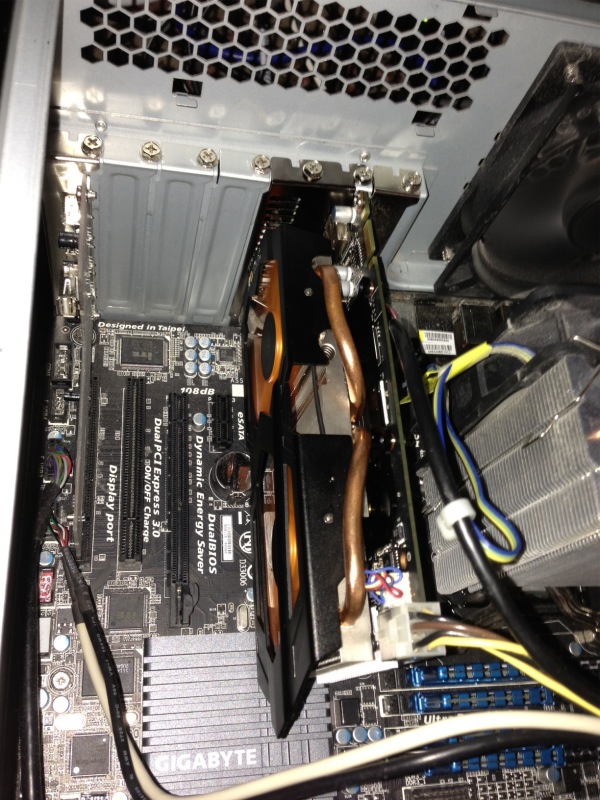
The Zotac GTX 660 in the HP100. Lots of room.
The native GTX660 support works for all nVidia cards, whether Asus, EVGA, MSI, Gigabyte (all per chat boards), Zotac (mine), PNY (tested and owned by reader PB) or any other brand. The chips are the same. Once you upgrade your Hack to 10.8.3 you can delete these two lines from your Boot Drive/Extra/org.chameleon.Boot.plist file on your Hackintosh as the presence of native drivers no longer requires the Hack to be informed that a 660 Kepler card is installed (thanks to reader PB for the tip):
The above lines can be deleted.
nVidia also released an update to its CUDA driver, which you can download through the related System Preferences pane, after which you will see this:
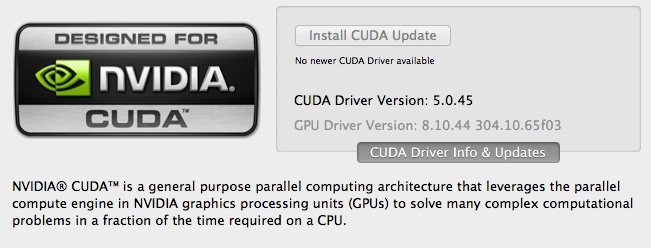
Latest CUDA driver.
The System Information->Displays data is also updated to reflect the use of native nVidia 660 drivers:
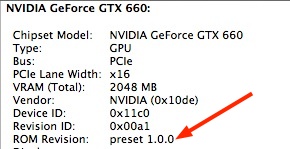
Let us all hope that Apple remains seriously distracted with its other woes and leaves OS X alone for good and all, instead of adding dumb gesture support, hidden Library directories and poorly implemented voice recognition. They might like to start by fixing the joke that is Siri on the iPhone. I use Google search on my iPhone – it’s everything Siri is not. Fast, accurate, a joy to use for voice search with excellent speech recognition. Even if you speak English, like me, not American!
